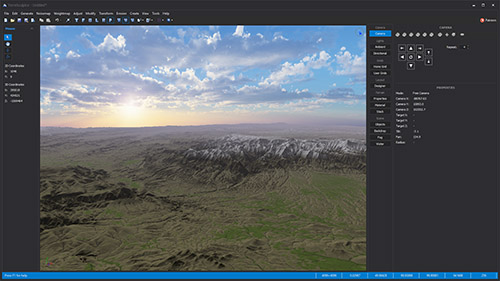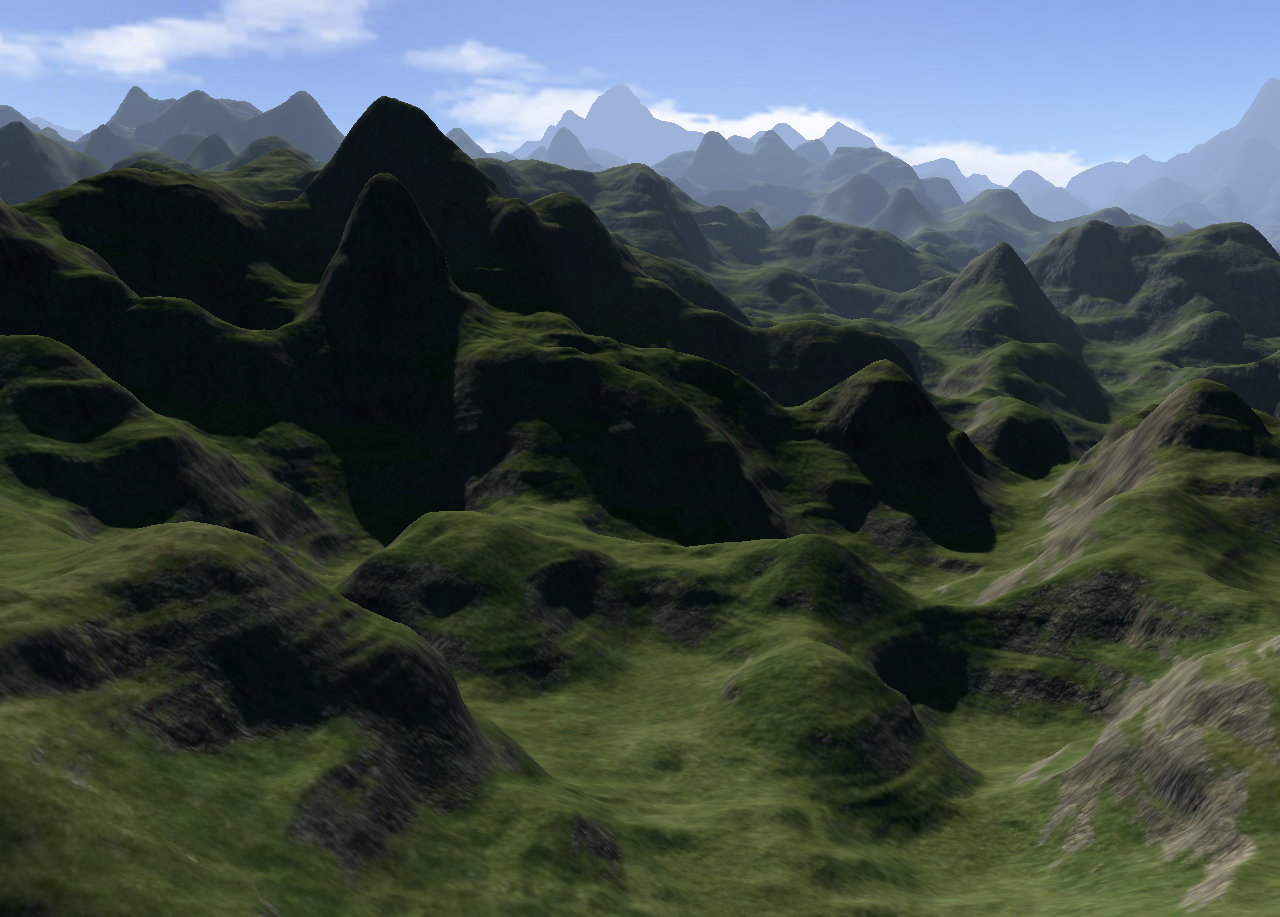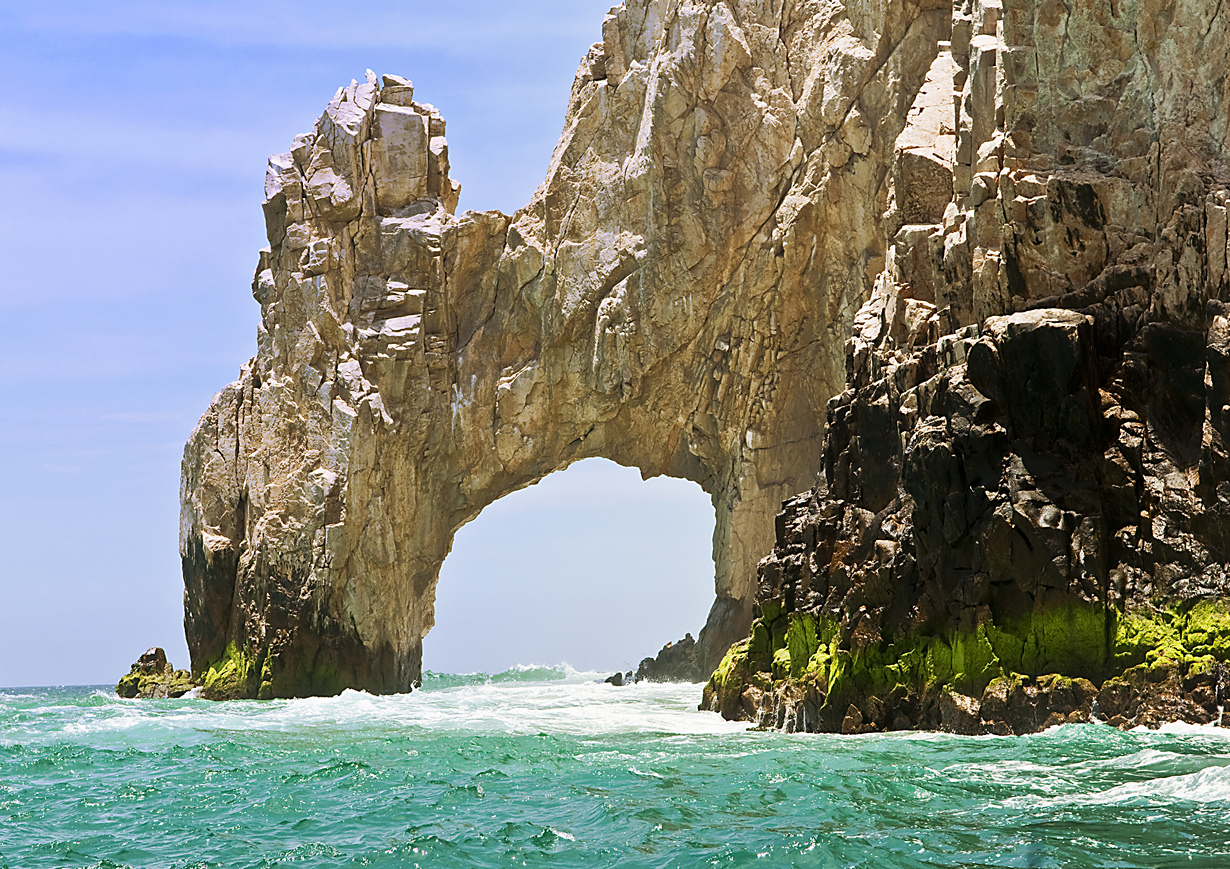Tomcat To create a simulation similar to reality you need to be an expert in many different areas… apparently this is not feasible yet.
The first part has some truth in it. Let's say, some geoscience and physics don't do harm, math and programming round it up.
I have linked exemplary work in my terrain thread and in this one that addresses these things. I have made a prototype based on one those papers (the one that does drainage systems and river types), but without graphical interface.
Of course they exist, closed and open source, even for game environments, and certainly for engineering of projects in construction as well as environmental concerns, and for different kinds of regimes (the erosional and/or depositional circumstances and parameters). Much of this has a scientific background and isn't real time and others cost real money (like add-ons for Geographical Information Systems GIS). But, with some knowledge in math and programming one could sit down and hack something in.
Tomcat Feasible, if know exactly what factors need to be taken into account. And in what proportions (with what weight — the power of influence). And for a proper understanding, you need to have the appropriate specialized knowledge.
For what it is worth, I have a master in geoscience, though a long time has passed and I haven't kept up in all areas I could have a look over it, and maybe add some more knowledge through papers etc. Am offering help with the geological principles, and if it is only for writing down a specification, because I am interested in these things, too. But I won't do the programming because of lack of time and having my own ideas.
Expect such things to take years to realise. And probably an adaptation of the own ideas and plans to the harsh reality. I mean, it should doable in a finite time :-)







